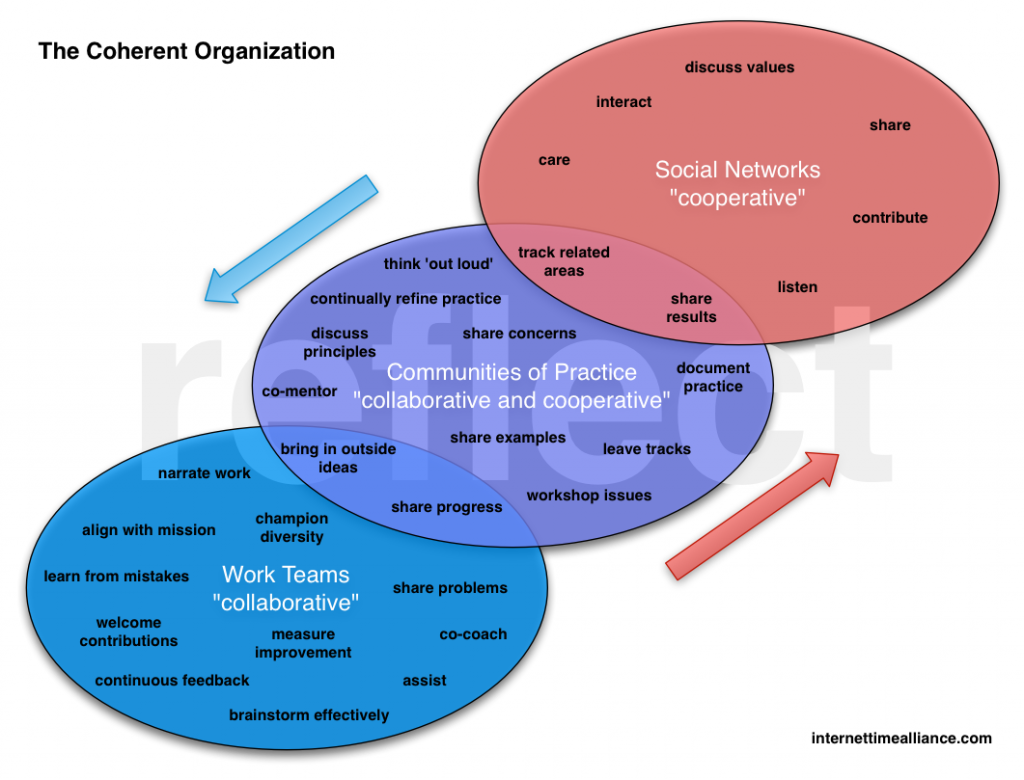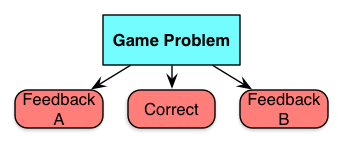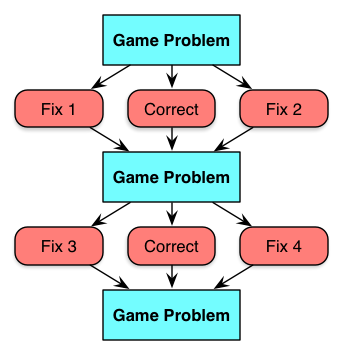So, last night I was talking with my lass, and happened to show her one of my diagrams. I keep a batch of them around, and it happened to resonate. And (to use a horrible social media ploy): you’ll never believe what happened next!
So, we were talking about her school things, and among the topics was the strategy for studying. She’s seen a friend who basically studies the night before an exam, and does well. Of course, she’s forgotten it all within a week. Whereas my lass works hard, doesn’t do quite as well on the test (she has a wee bit of test anxiety, but not much), but will remember it later. She’s (fortunately) interested in learning for intrinsic interest, rather than to meet the hurdles (but capable and willing to do those too).
Which, as I explained to her, is exactly predicted by the research. Spacing out studying means you don’t have it quite as accessible right afterward, but it’s there much later. It’s a known phenomena of our cognitive architecture (and not neuroscience, citing my colleague Will who pointed me to the original research). So, if you want to do well on the test, massed practice is just fine. If you want people to retain it, well, space it out!
Now, I have argued the power of models before, and that’s why I keep a suite of diagrams (essentially a quiver of models) on my devices (the qPhone and the qPad). I can share them at relevant times as a tool for explanation or prediction, and together we can figure out what it means. And that’s what I was doing, connecting her experience to frameworks that make sense.
What I heard today is that she’s gone and mapped out her study schedule for her finals, spacing it out to get the best results. She’s applying the model to her own life! So she’s comprehended the model and the implications. And I’m not touting this to show off my daughter (yes, I’m proud of her, but that’s between me and her), but to show how models serve as the guidance for making important decisions.
Models are powerful guides to making decisions. So are you baking models into your learning, personally and for others?



